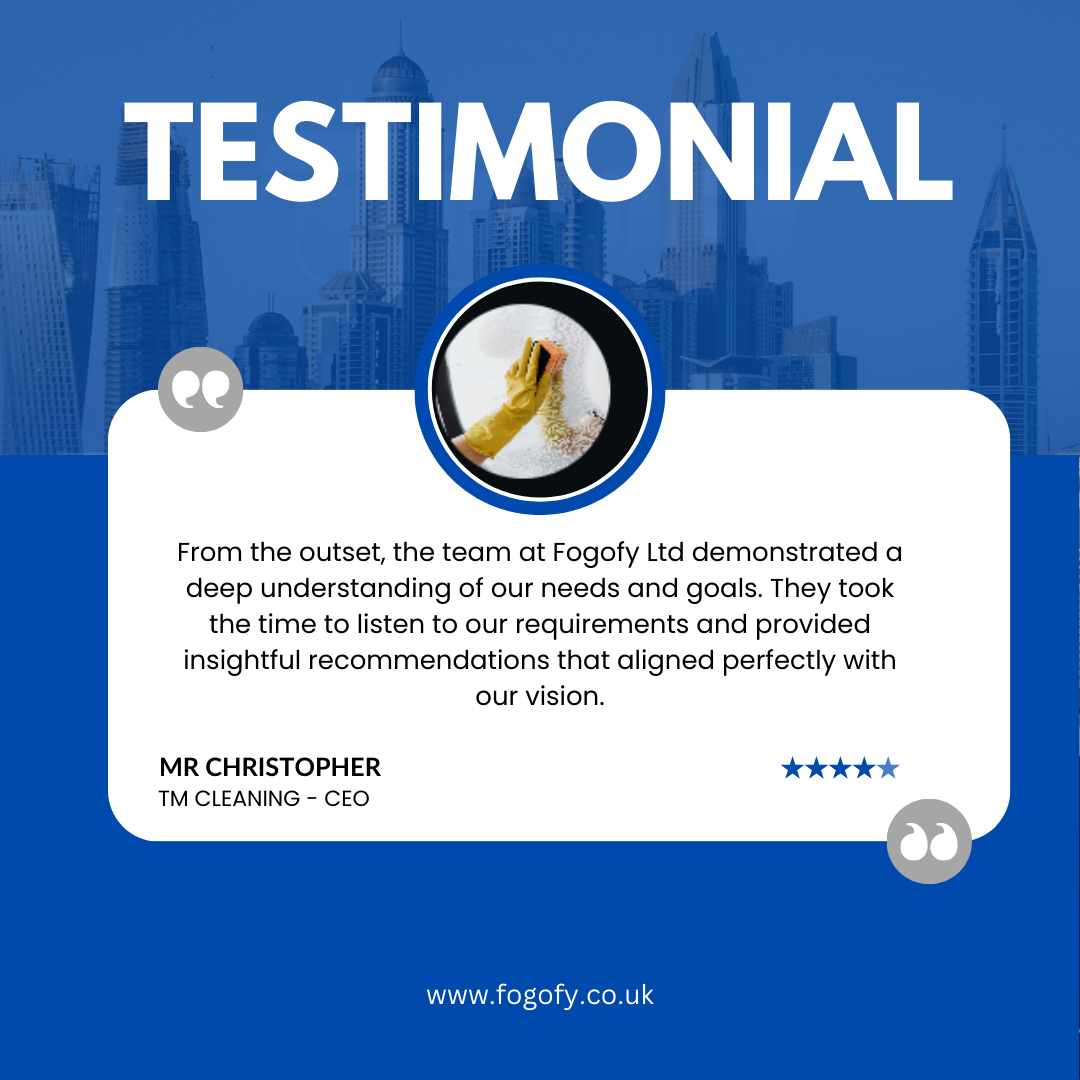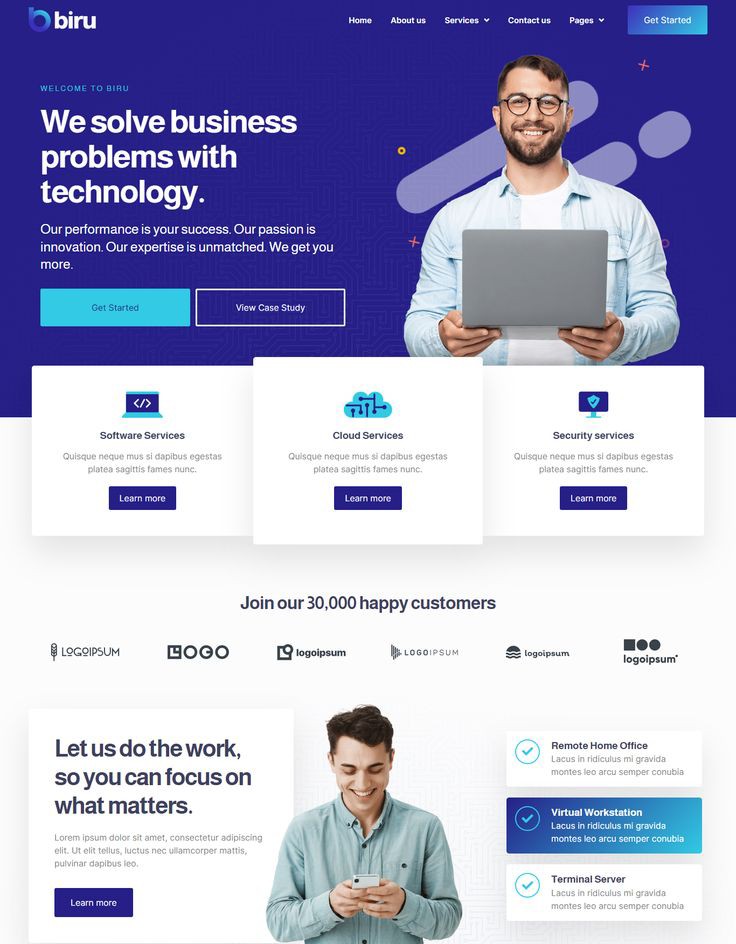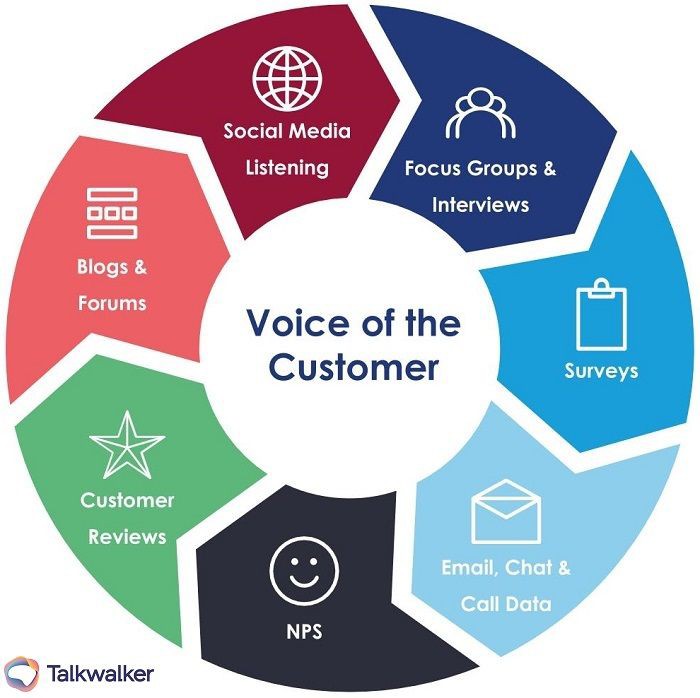In today’s digital age, businesses must go beyond simply describing their services—they need to prove their value. One of the most effective ways to do this is by showcasing client success stories on your website. Success stories highlight real-world outcomes, demonstrating your expertise in action and providing social proof to potential customers. If you’re not already leveraging these powerful testimonials, you’re missing out on a significant opportunity to build trust and boost your brand’s credibility.
In this article, we’ll dive into why client success stories matter, how they enhance your website’s performance, and the best ways to present them.
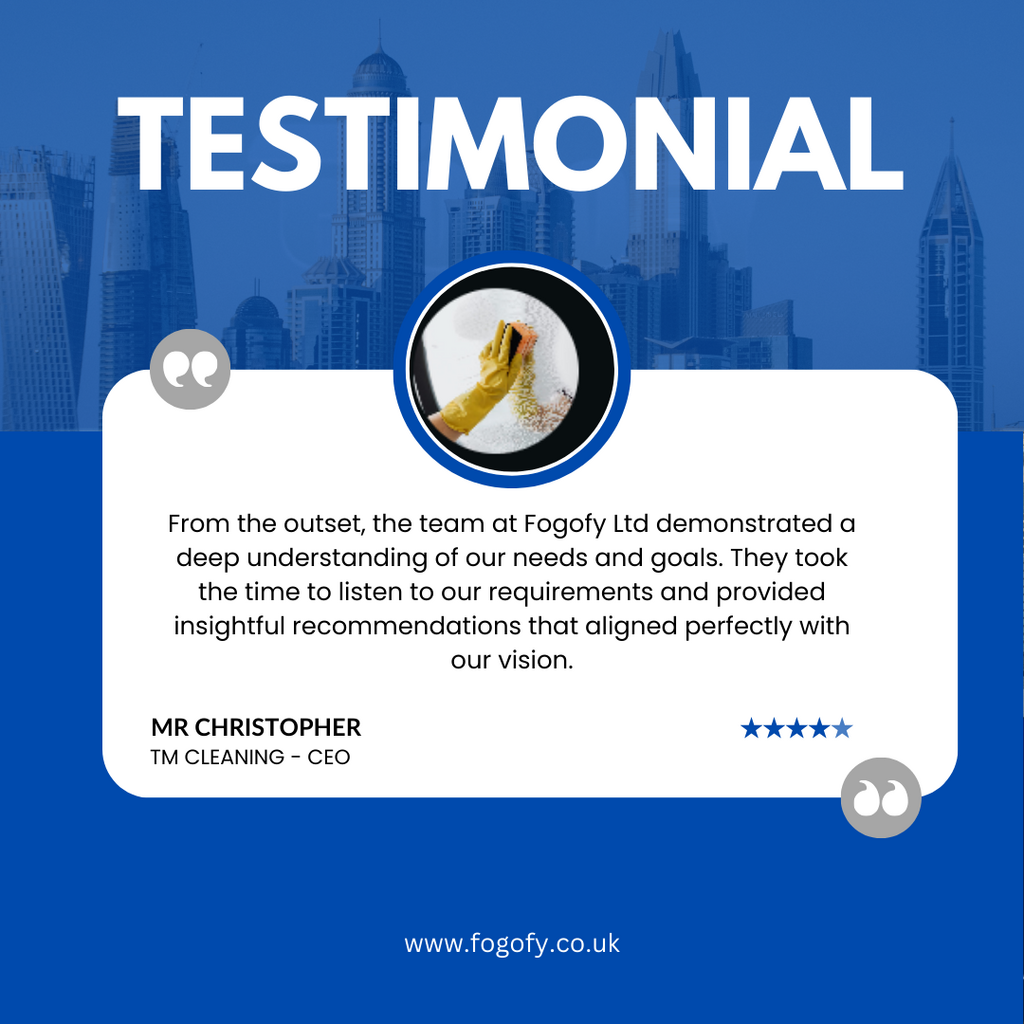
Why Client Success Stories Matter
Success stories are much more than feel-good testimonials. They’re strategic tools that can shape how potential clients perceive your business. They help you establish authority, demonstrate tangible results, and create emotional connections with your audience.
Building Trust with Prospective Clients
Trust is one of the most valuable currencies in the business world. Before new clients commit to working with you, they need to know that you can deliver. Success stories allow potential customers to see firsthand how you’ve helped others achieve their goals, reducing any doubts they might have.
When potential customers read about how you turned a struggling client into a success, they imagine themselves benefiting from your services. In essence, these stories create a bridge of trust, making it easier for prospects to see you as a reliable partner.
Demonstrating Proven Results
While a list of services on your homepage is useful, nothing beats the impact of real-world results. Client success stories provide a concrete demonstration of your ability to solve problems. This evidence-based approach resonates with prospective clients, especially those who may be on the fence.
When a potential client sees data, metrics, and results backing up your claims, it adds a layer of authenticity to your marketing message. Numbers don’t lie—and success stories filled with stats and measurable outcomes can be a game-changer.
How Success Stories Boost Your Brand
Success stories don’t just attract new clients—they also elevate your brand. When used effectively, they can position your business as an industry leader and showcase your expertise.
Establishing Credibility and Expertise
Nothing says “we know what we’re doing” like a portfolio of successful projects. Showcasing your ability to deliver real results establishes your credibility. It reassures potential clients that you have the skills, knowledge, and experience to meet their needs.
Moreover, when your stories highlight the specific industries or challenges you’ve successfully navigated, it reinforces your expertise in those areas. Clients in similar sectors will immediately relate, increasing their confidence in choosing you as their service provider.

Showcasing Real-World Solutions
Each success story provides a window into how you solve real problems. Rather than simply describing what you offer, these stories show your services in action. They detail how you addressed a specific issue, the steps you took, and the results you achieved.
This approach is especially powerful because it takes potential customers through the entire process—from the initial challenge to the outcome. It shows them that you not only understand their pain points but also have the tools to resolve them.
The Elements of a Great Success Story
Not all success stories are created equal. To be truly effective, they need to follow a clear structure and highlight key details that resonate with your audience. Here are the essential elements of a compelling success story.
Clear Problem and Solution Narrative
The best success stories follow a simple but effective narrative structure: problem, solution, and outcome. This storytelling format makes it easy for your audience to follow along and see exactly how you helped your client succeed.
Start by clearly outlining the client’s problem. What challenges were they facing? Why were they seeking your services? From there, describe the solution you provided, focusing on the unique approach or strategies you used. Finally, highlight the outcome, using both qualitative and quantitative data to showcase the success.
Data-Backed Results
While a compelling narrative is important, numbers can make or break a success story. Data-backed results add credibility and make the story more persuasive. Whether it’s a percentage increase in revenue, a decrease in costs, or improved user engagement, measurable outcomes help your audience understand the impact you had.
Whenever possible, include hard metrics. These could be anything from growth statistics, lead conversions, or efficiency improvements. The more specific, the better. Potential clients will find these data points particularly convincing as they compare your results to their own business needs.
Incorporating Client Testimonials
Client testimonials add an extra layer of authenticity to your success stories. When the client praises your work, it becomes much more believable and impactful. Include direct quotes from your clients, explaining in their own words how your service helped them achieve their goals.
Personal testimonials resonate because they humanize your brand. They give your success story a voice, making it more relatable and trustworthy.
Best Practices for Displaying Success Stories on Your Website
Now that you understand what makes a great success story, it’s time to think about how to present them on your website. The way you display these stories can significantly affect how well they perform in attracting new business.
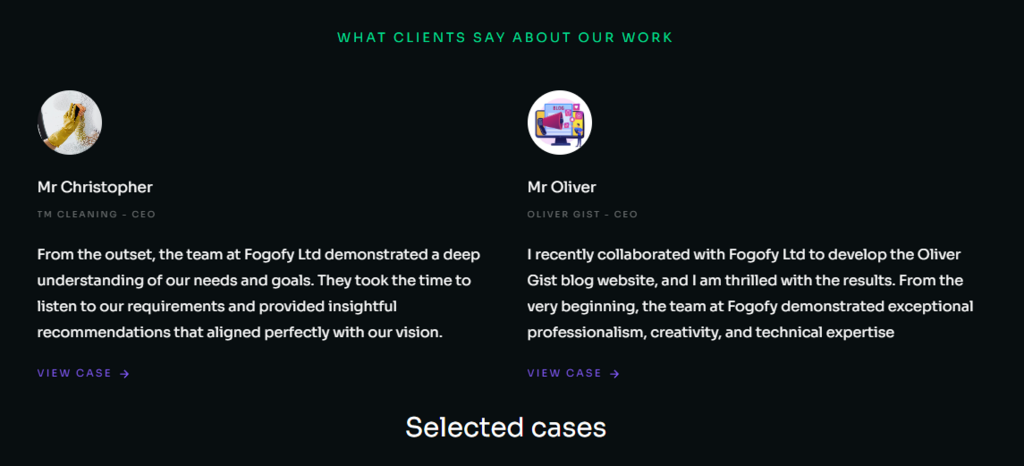
Creating a Dedicated Success Stories Page
A dedicated section on your website for client success stories ensures that visitors can easily find these valuable case studies. It shows that you take pride in your results and aren’t shy about showcasing them.
Make sure this page is well-organized and easy to navigate. You can categorize stories by industry, service type, or client size, depending on what’s most relevant to your audience. A well-designed success stories page not only enhances user experience but also keeps potential clients engaged longer as they explore different case studies.
Integrating Stories Across Multiple Pages
Don’t limit your success stories to one section of your website. Integrate them throughout your site, especially on service pages, landing pages, and even your homepage. Doing so ensures that potential clients are consistently reminded of your track record of success as they explore different parts of your site.
For example, you could add a brief client quote or case study summary at the bottom of your service pages. This tactic subtly reinforces your value proposition without overwhelming visitors with too much information at once.
Using Visuals to Enhance the Story
Visual content can elevate your success stories to the next level. Consider adding before-and-after images, infographics, or video testimonials. Visual elements make the success story more engaging and easier to digest, especially for visitors who might prefer a quicker, more visual explanation.
Videos are particularly powerful because they allow clients to explain their success in their own words, making the story feel more authentic and relatable. A well-produced testimonial video can provide a compelling, human-centered narrative that text alone sometimes can’t achieve.
SEO Benefits of Showcasing Success Stories
Client success stories don’t just attract new clients—they also play a crucial role in your website’s search engine optimization (SEO) efforts.
Generating Long-Tail Keywords
Each client success story naturally includes unique keywords relevant to their industry, problem, and the solution you provided. These long-tail keywords can help your site rank for more specific search queries that potential customers might use.
For example, if one of your success stories is about improving a small business’s online sales, the keywords might include “small business e-commerce success” or “online sales growth case study.” These long-tail keywords help attract more targeted traffic to your site.
Boosting Engagement and Reducing Bounce Rates
Engaging, well-crafted success stories can keep visitors on your website longer. As readers dive into the details of each story, they’re more likely to spend time on your site, reducing bounce rates and signaling to search engines that your content is valuable.
The longer visitors stay on your page, the more likely they are to explore other parts of your website, increasing the chance of conversions.
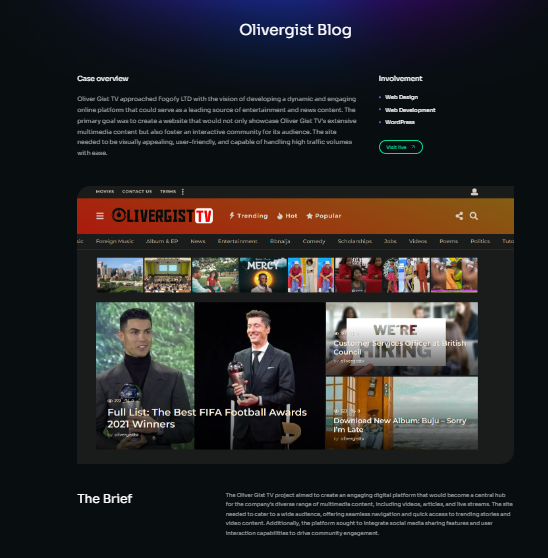
Conclusion
Incorporating client success stories into your website is a powerful way to demonstrate your expertise, build trust, and improve your SEO performance. These stories provide real-world proof of the value you offer, showcasing your ability to solve problems and deliver measurable results. By presenting them in a clear, engaging way and using data to back up your claims, you can turn your success stories into a marketing asset that attracts new clients and boosts your brand’s credibility.
FAQs

- How do I choose which client success stories to showcase?
Select stories that highlight your core services and solve common problems your target audience faces. Choose clients from diverse industries to appeal to a broader audience. - Should I include client testimonials in my success stories?
Yes! Including direct quotes from clients adds authenticity and makes the stories more relatable. - What’s the best way to present success stories on my website?
Create a dedicated success stories page, and integrate case studies across service pages and other relevant areas of your website for maximum impact. - How often should I update my success stories?
Regularly! Update your success stories as you complete new projects to keep your website fresh and relevant. - Can success stories help with SEO?
Absolutely! Success stories can generate long-tail keywords and boost engagement, both of which improve SEO performance.
